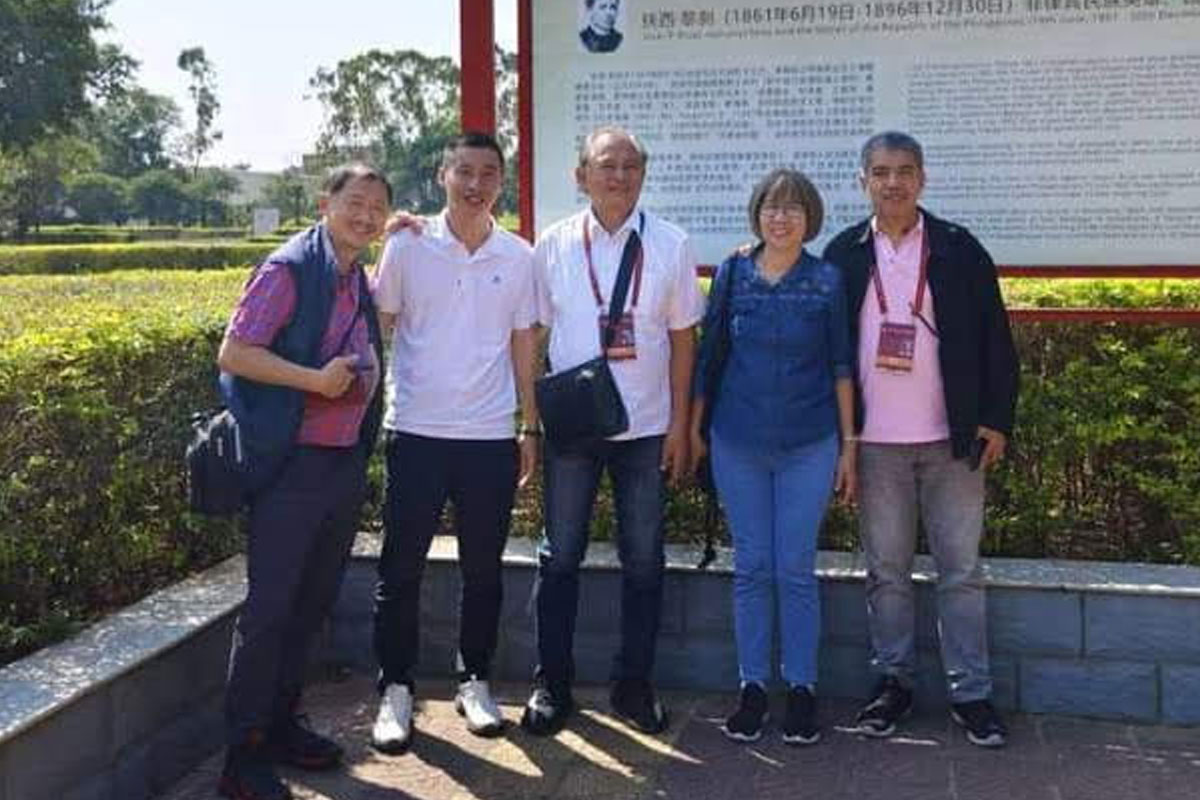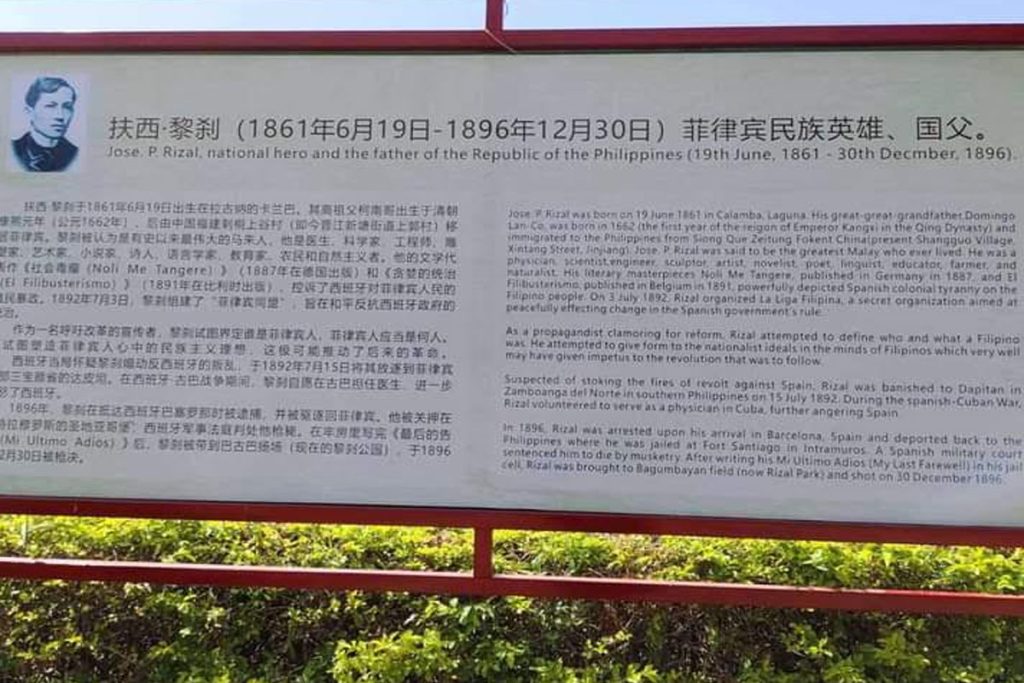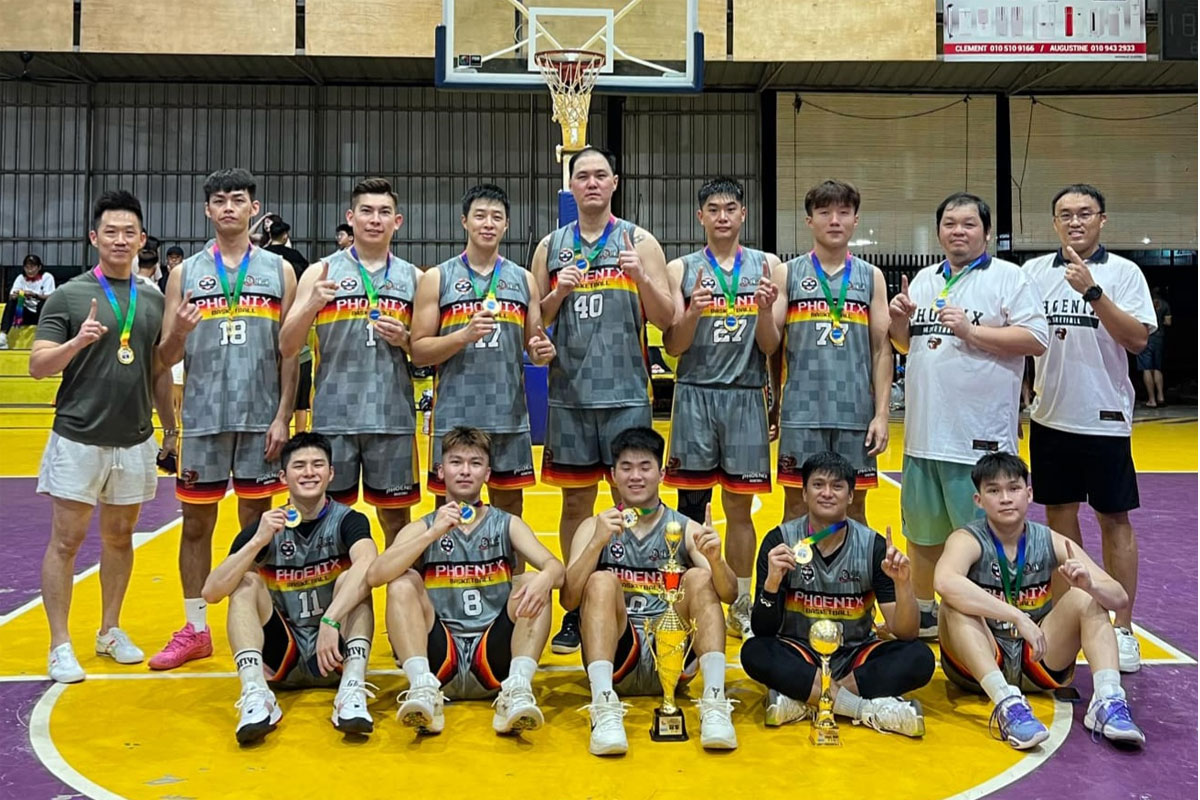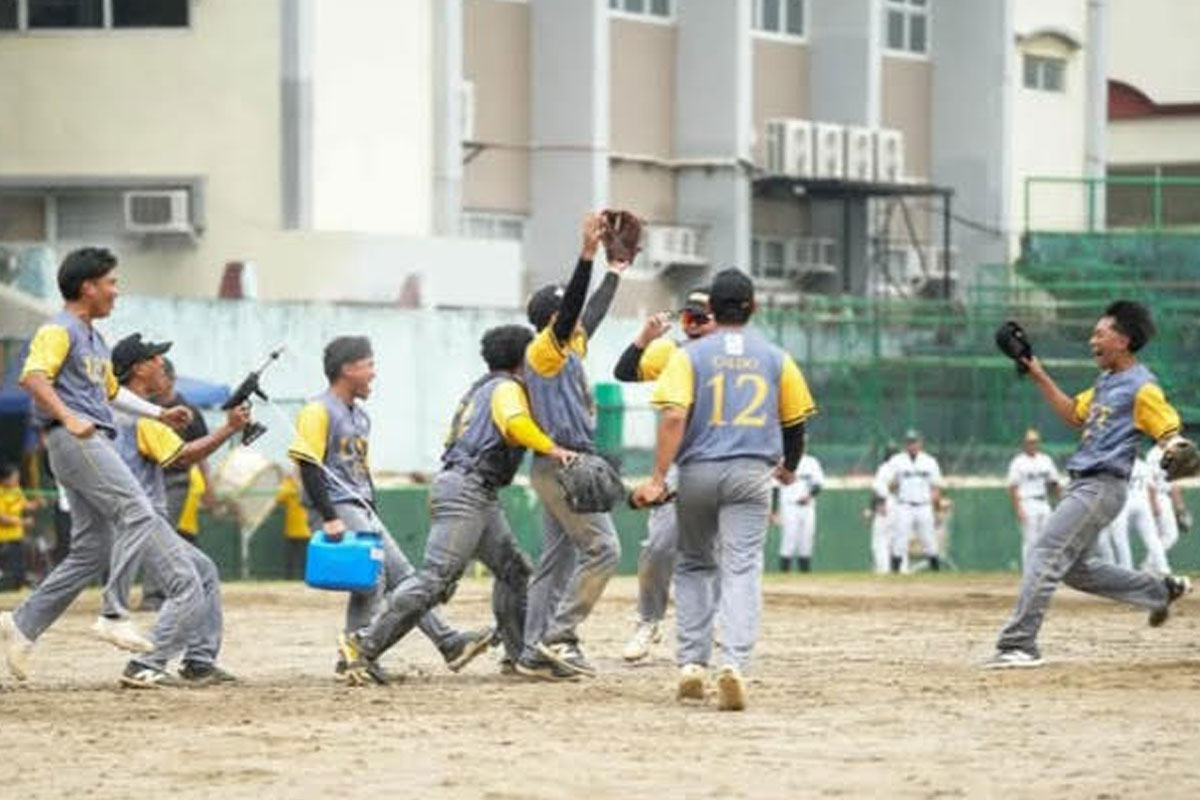 Federation of School Sports Association of the Philippines (FESSAP) officials, led by Ret. PNP Gen. Noel C. Estanislao, pay a visit to the Dr. Jose Rizal Square in Jinjiang, China recently.
Federation of School Sports Association of the Philippines (FESSAP) officials, led by Ret. PNP Gen. Noel C. Estanislao, pay a visit to the Dr. Jose Rizal Square in Jinjiang, China recently.
Jose Rizal Square in Jinjiang, China: Promoting Philippines-China relations


JINJIANG, a beautiful and picturesque city in Quanzhou, Fujian Province, China holds a special place in the hearts of many Filipinos.
And why not?
Jinjiang is famous as home to Filipino-Chinese businessman Henry Sy of SM and many other Chinese now living in the Philippines and other Southeast Asian countries.
It is also the place where the Chinese people pays tribute to Filipino national hero Dr. Jose Rizal.
A country-level city noted for its clothing and name-brand footwear industry, Jinjiang is also host to Rizal Square, where an 18.61 feet Rizal Monument now stands.
The towering, bronze-cast monument, which is the considered as the tallest Rizal commemorative structure outside the Philippines, is based on his birth year — 1861.
(The Rizal Momument in Luneta, on the other hand, stands 42 feet.).
Former Philippine President Joseph Estrada and then Chinese Ambassador to the Philippines Fu Ying laid the foundation of the memorial in 1999.
Construction of the Rizal Monument, which was erected in the center of the square surrounded by colorful flowers, formally started in 2003.
Like the one in Manila, the monument in Jinjiang shows Rizal standing in front of an obelisk bearing three stars.
Also in the monument is a structure of a mother and a child, two young boys reading, and fruits and leaves symbolizing the family, education, and the country’s natural resources, respectively.
Based on historical accounts, Jinjiang considers Rizal as one of its sons, tracing his Chinese ancentral roots through his great-great grandfather named Domingo Lan Co (also called Lam-co, Cua Yi Lam in Hokkien or Ke Yi-nan in Mandarin).
Both Chinese and Filipino historians have confirmed Rizal’s Chinese ancestry, claiming he was the 22nd generation descendant of the Ke family.
Historians said Rizal’s great-great grandfather Domingo Lam-co was a native of Sionque, in the Chinchew district of the province of Fookien.
He migrated to the Philippines due to political unrest in China and settled in Calamba, Laguna in 1697.
Lam’s acknowledged descendant was Juan Mercado, father of Francisco Mercado, who was Rizal’s father.
The marker welcoming visitors to the Rizal Square reads:
“Jose P. Rizal was born on 19 June 1861 in Calamba, Laguna. His great- great-grandfather, Domingo Lam-Co, was born in 1662 (the first year of the region of Emperor Kangxi in the Qing Dynasty) and immigrated to the Philippines from Siong Que Zeitung Fokent China (present Shangguo Village. Xintang Street, Jinjiang).
Jose P. Rizal was said to be the greatest Malay who ever lived. He was a physician, scientist, engineer, sculptor, artist, novelist, poet, linguist, educator, farmer, and naturalist.
His literary masterpieces Noli Me Tangere, published in Germany in 1887, and El Filibusterismo, published in Belgium in 1891, powerfully depicted Spanish colonial tyranny on the Filipino people.
On 3 July 1892, Rizal organized La Liga Filipina, a secret organization aimed at peacefully effecting change in the Spanish government’s rule.
As a propagandist clamoring for reform, Rizal attempted to define who and what a Filipino was. He attempted to give form to the nationalist ideals in the minds of Filipinos which very well may have given impetus to the revolution that was to follow.
Suspected of stoking the fires of revolt against Spain, Rizal was banished to Dapitan in Zamboanga del Norte in southern Philippines on 15 July 1892. During the spanish-Cuban War, Rizal volunteered to serve as a physician in Cuba, further angering Spain.
In 1896, Rizal was arrested upon his arrival in Barcelona, Spain and deported back to the Philippines where he was jailed at Fort Santiago in Intramuros.
A Spanish military court sentenced him to die by musketry. After writing his Mi Ultimo Adios (My Last Farewell) in his jail-cell, Rizal was brought to Bagumbayan field (now Rizal Park) and shot on 30 December 1896.”
Retired PNP Gen. Noel C. Estanislao and Federation of the School Sports Association of the Philippines (PESSAP) secretary-general Graham Lim, who led a small group of Filipinos who visited the Rizal Square in Jinjiang recently, were impressed by the love and support shown by the Chinese people to Dr. Rizal.
“It feels good to see Jinjiang, China pays homage to our national hero, Dr. Jose Rizal. The whole Rizal Square is very beautiful, with a lot of trees and flowers around,” said Gen. Estanislao, who also served as head of delegation of the Philippines Burlington-Bestank basketball team which saw action in the recent 10th Gen.Zheng Chenggong Cup International Invitational men’s basketball championship in Nanan, China.
“The Rizal Square in Jinjiang is a testament to the long friendship between the Philippines and China,” said Lim, who also served as international sports coordinator for the Zheng Chenggong Cup.
“Most of the time, the plaza was filled with elderly people doing tai chi, zumba exercises, jogging or simply walking and hanging around. Just like in Rizal Park in Luneta,” recalled Lim.





















